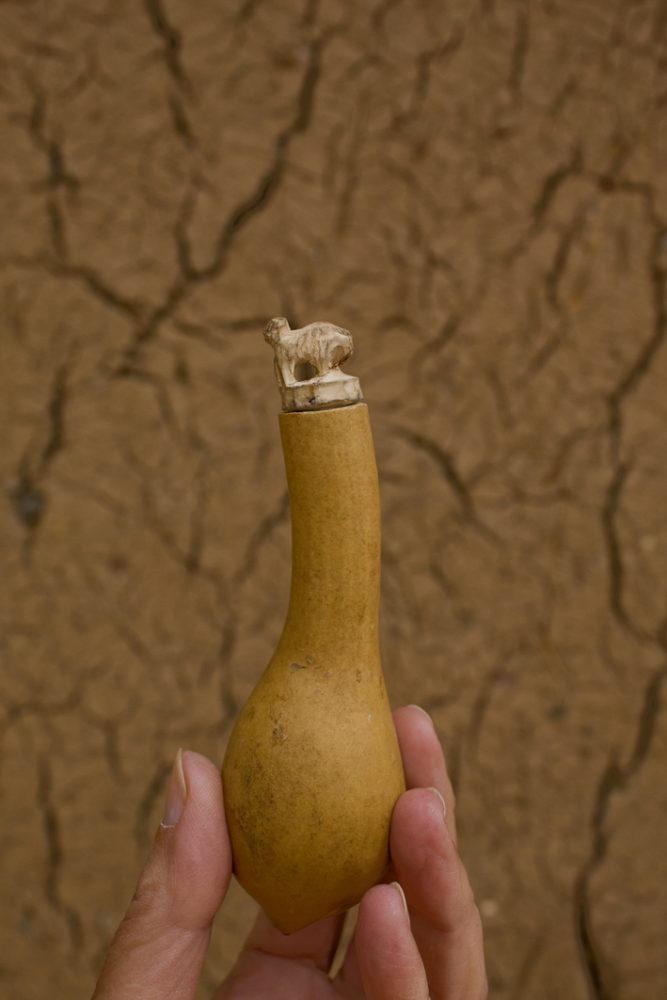Art on Location
Iris Honderdos (film, photography and installations) and Arno Peeters (multimedia and sound) regularly work on art projects at home and abroad, at the invitation of an organization or on their own initiative. In late 2019, they left for Canchabamba, a small village in the Andes in Peru, at the invitation of Cesar Vega Bedon, the director of the local school. The documentary Los Purus is a personal account of their impressions, encounters, search and creation process of the artwork.

"...I go to places without preparing myself. I walk around, observe and talk to people, try to discover what is alive, what touches me. I look for a way to respond in a visual work that is connected to the people and the place where I am. I have found that art can be a strong tool in mutual understanding and communication, especially when it comes to people in difficult situations... "
It is five o'clock in the morning. Arno and I are on the street with all our luggage.
It's quiet and dark. And much colder than expected. I sneeze the dust from the blanket we lay under last night. Arno walks back and forth. We drink water from a large bottle. After a few minutes we hear footsteps. It's Benjamin. Goodmorning, says Benjamin. He is going to help us translate. We stand and wait for a while. A car drives down the street and stops. It is Cesar. He has a dark suit on. Buenas dias, we all say. Everyone pulls and pushes our luggage until it fits in the car and then we get in. Ben sits in the front next to Cesar. Arno and I on the back seat. We drink water again. Getting used to 3000 meters altitude. As it slowly gets light we leave San Luis. We are heading for a place 500 meters higher: Canchabamba. That is our final destination; a small village on the eastern side of the Andes in Peru.
There is unfamiliar greenery, rugged nature beside the dusty road, people in hats, who later sombreros or sombreras be called.
We drive slowly uphill. There are many potholes in the road. Halfway up, Cesar stops and points to rooftops further up the valley. There it is. That's Canchabamba. And the building in between is the school. Elementary and secondary school. Cesar is the principal.
We will drive this road many times, but the first time will never come back. There is unfamiliar greenery, rugged nature beside the dusty road, people in hats, who later sombreros or sombreras called. The mud houses still look like they are made of stone, but the corrugated iron is just corrugated iron. On many houses there are words in thick letters that we can't read yet. Later we hear that people get a little money from a political party who then gets to do that. Only at walls facing the road.
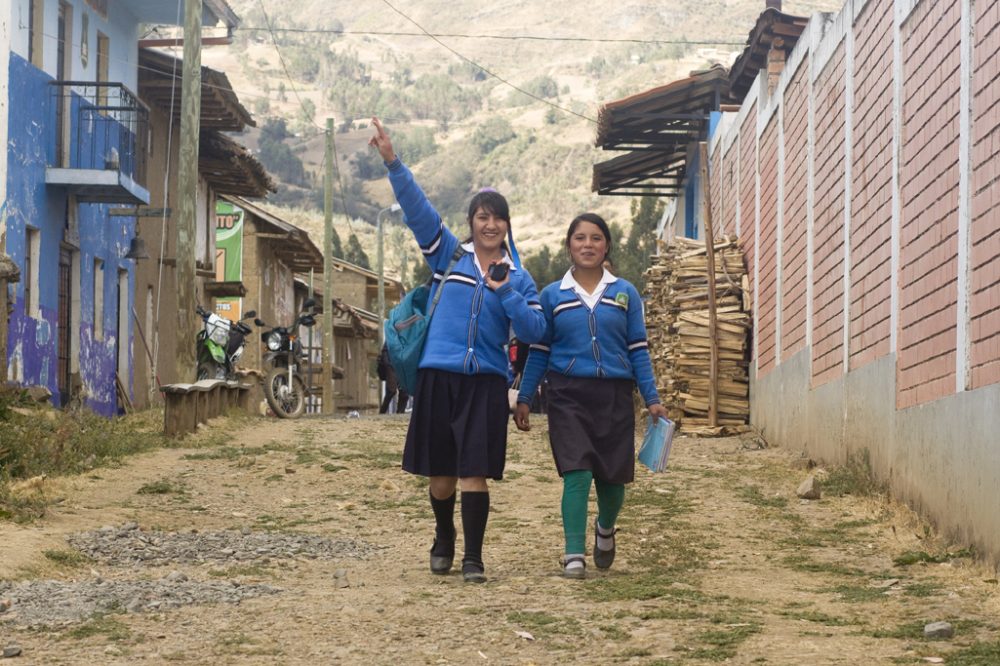
Finally, we drive into Canchabamba. It is seven o'clock in the morning. Cesar stops at a wall with a blue door. There we get out. The blue door swings open and we step over the threshold. Then we stand on a path and walk past a low building to a yard. The air is cold and prickly. I can't remember what first caught my eye. The pigs on the rope? Or the sheep behind the fence? Were the chickens already coming toward us? Of the dogs Brittany and her son Bobby, I'm sure. We didn't see them until later. What I do know is that I suddenly found myself in that little room. A small shack in the barn in the yard. With a bed and a mattress.
I can't remember what first caught my eye. The pigs on the rope? Or the sheep behind the fence?
A concrete floor. The walls are thick. And cold. A few yellowed plates on crooked nails. An electrical outlet and a small window with bars. And what I also remember is that at that moment I thought, I'm getting too old for such things. I'm not going to make it through this for five weeks. I also know that Arno looked with different eyes. He probably saw all those animals in the yard. And heard how quiet it was. And looked at a big mountain with an ice cap.
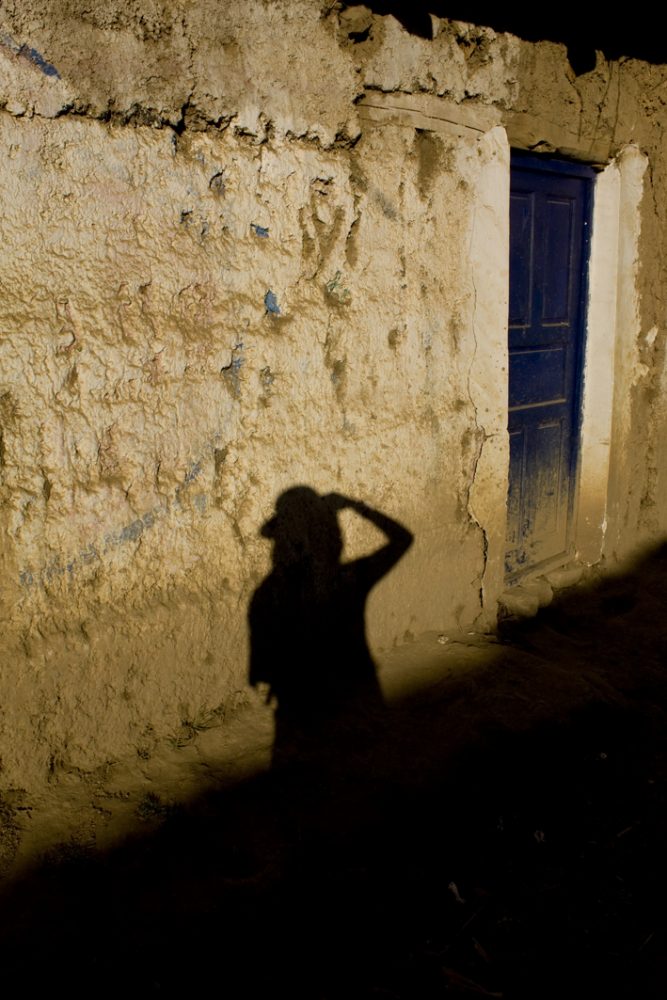
Fortunately, Cesar had brought bedding. And a lead blanket. And a kettle with coffee and two cups. Fortunately there was a small building with a toilet and a sink. And a shower. That was reassuring. Although the shower never really worked. And water, there was sometimes. And electricity too.
Benjamin later said that he had never experienced this, such a reception.
I was in no time om. Actually, already that afternoon, when the sun came out and everything got warmer. But mostly because of the heartwarming welcome at Cesar's school. Benjamin said later that he had never experienced this, such a welcome. The school building is right next to our place. We have to walk around it to get to the main entrance. There it says very big: Bienvenido Arnold y Iris.
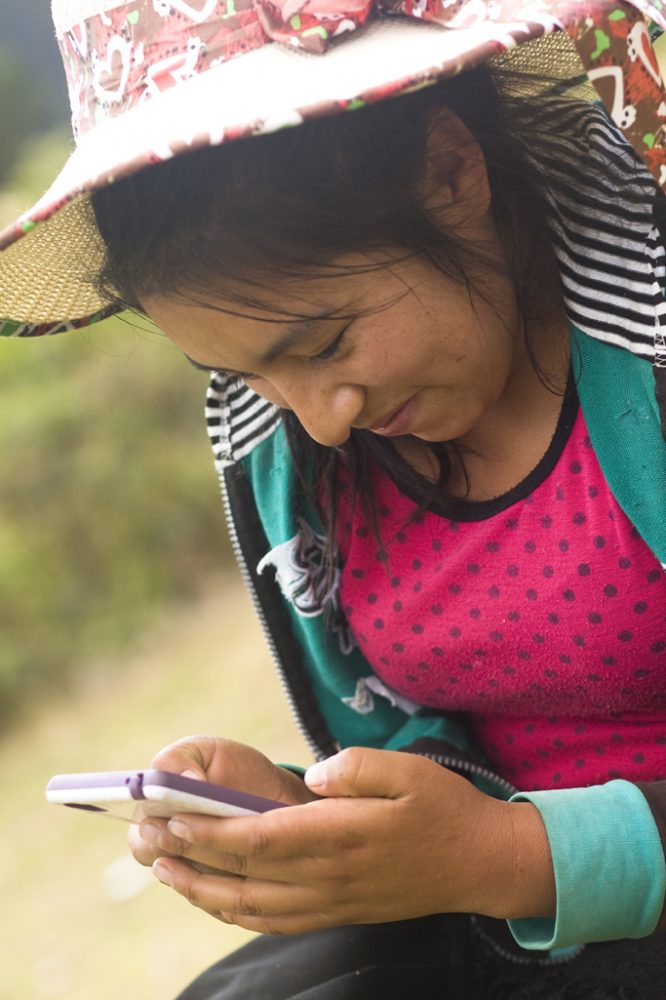
The spelling mistake in Arno's name proved to be persistent. We walk through the gate and find ourselves face to face with 240 students in blue and white school uniforms in rows on the square. A group of teachers, black suits or skirts on what you might call the platform. Benjamin helps greet us. With a hand and a sort of air kiss along the cheek. Cesar is a pleasantly familiar face in the line. We stand next to him and then the Monday morning ceremony begins with national anthem, strange marching with stiff legs, flag hoisting and a specially rehearsed dance to conclude.
and then the Monday morning ceremony begins with national anthem, strange marching with stiff legs, flag hoisting and a specially rehearsed dance to conclude
Cesar gives a speech and introduces us:
"These are Arno and Iris, two artists, all the way from Hollanda come to us. A long journey. First twelve hours by plane to Lima. Then eight hours by bus to Huaraz. There they stayed with us for a few days in my father's house. To get used to the altitude. Then yesterday five hours from Huaraz to San Luis. And early this morning the last stretch from San Luis to Canchabamba. I want to tell you something about these people. Yesterday on the way we stopped at the big lake in the mountains. Arno and Iris didn't say anything. Didn't take a single picture. They just looked, and they cried. These people are not tourists. These people are not looking with their eyes, but with their hearts. They are coming here to work for five weeks to make a documentary about our school and to do an art project. I ask you to help these people in any way you can, with whatever they need! Arno and Iris, welcome!"
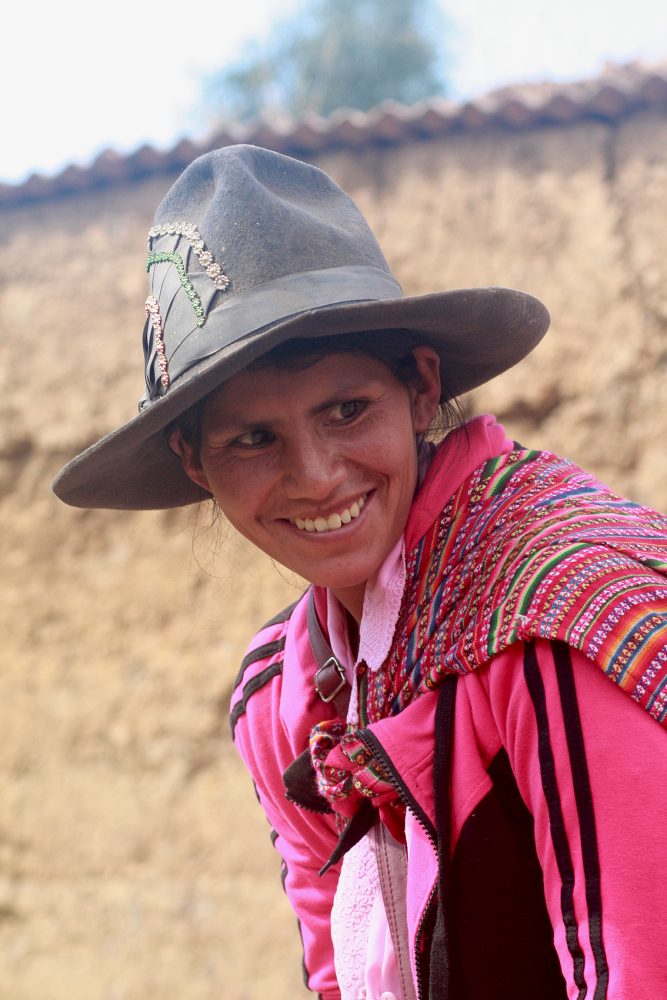
Cesar speaks evocatively and we understand almost everything. Complemented by Benjamin. Lots of nice words of welcome. Then that was over and we got breakfast: chicken soup with thick tea. The chicken soup was very tasty.

Then there was a big gathering of the parents. Arno and Ben and I sat there. Again face to face with new faces with hats, lots of clothes with colorful colors. It was about the children. Every day they get breakfast and lunch at school. Healthy food. That is prepared in rotation by volunteer parents. On a wood fire. Benjamin says to us that in poor children the brain does not develop properly because of the one-sided food. Very important was the introduction of something new: the parent school. So that parents understand what their children are learning. Many parents have never been to school. But now they can come three times a week. And when parents and children start helping each other there is hope. And hope is needed, because everyone is poor. Many children quit school and then do what their parents and their parents always did. With little chance of a better life.
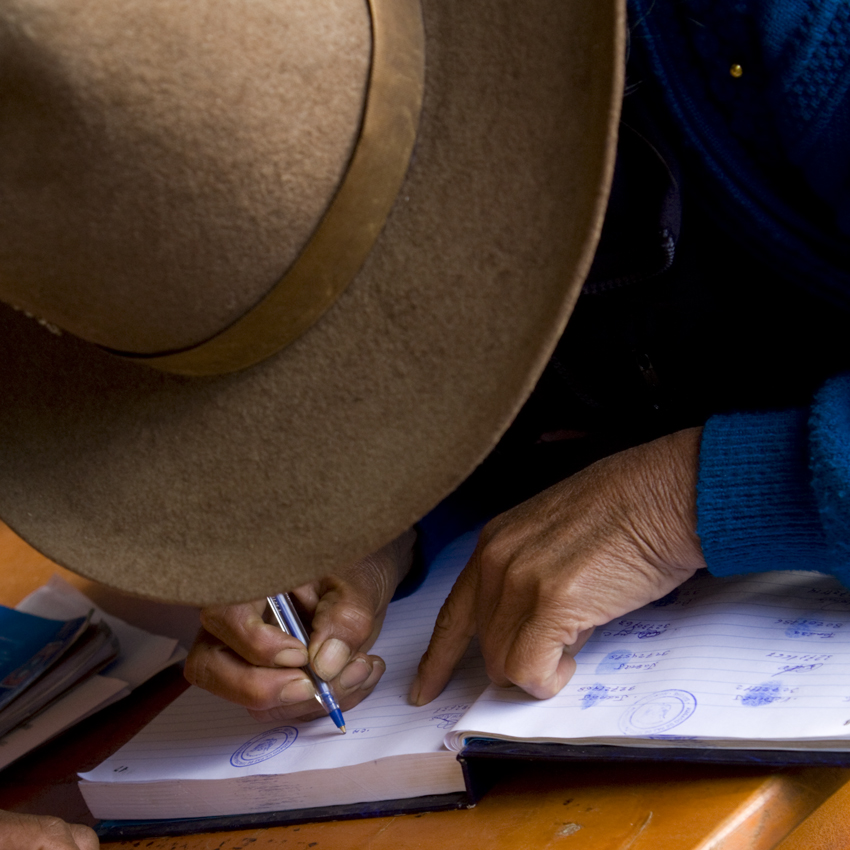
During this meeting, the language changes. They no longer speak Spanish. They speak their own ancient language from the time of the Incas: Quechua. To understand each other better. So that everyone understands what is being said. We don't understand a thing. Other sounds, other gestures, closer to the emotion and closer to the soul. That's what we understand.
Watch the documentary further Los Purus
Art on Location (Iris Honderdos and Arno Peeters)
